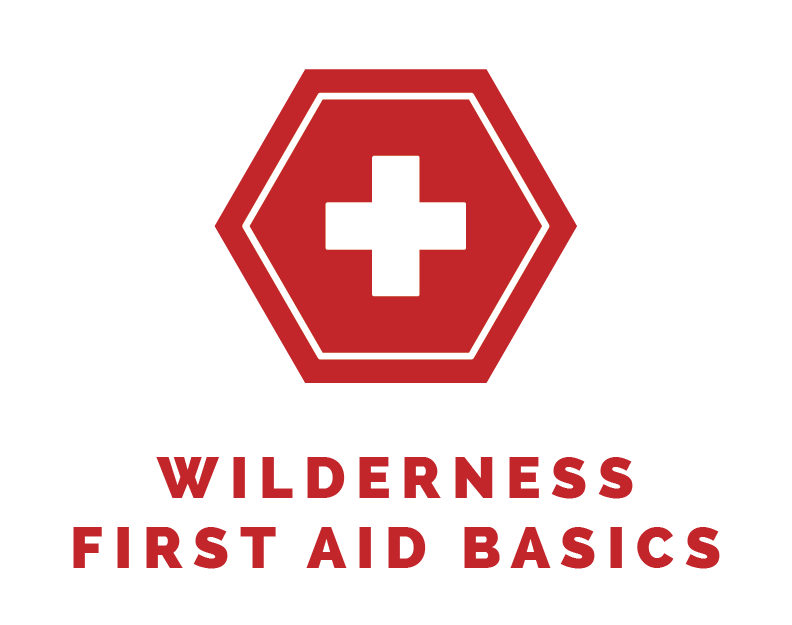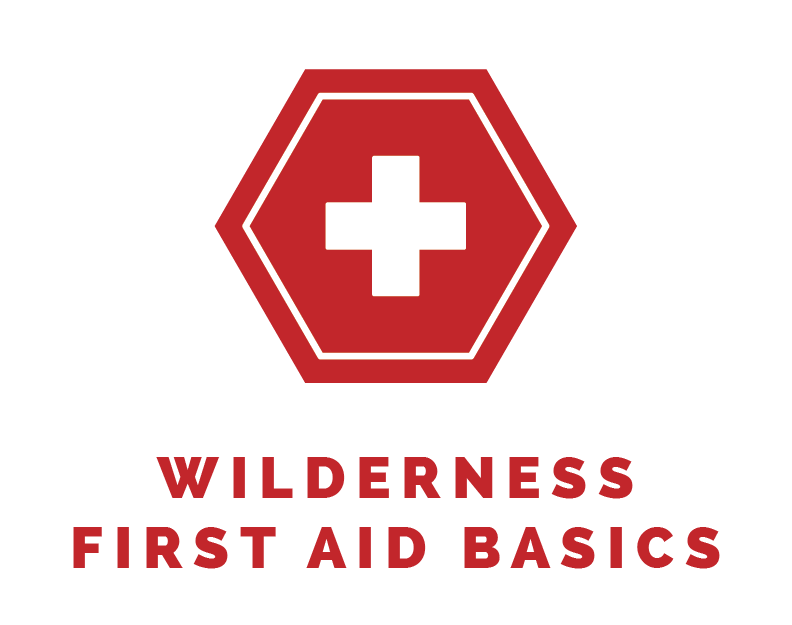Survival: Injured with...No First-Aid Kit

Upgrade your skills with our online Wilderness First Aid Basics class! Learn to conquer common problems and handle emergencies with grace. Start it instantly, complete it at your own pace, access it forever. Sign up now!

First, don’t panic. “You can improvise almost everything in your first-aid kit,” says Tod Schimelpfenig, curriculum director of the Wilderness Medicine Institute of the National Outdoor Leadership School.
Wound Cleaners
Research shows that plain ol’ water cleans cuts very effectively. Irrigate the injury with at least one liter of the cleanest water available; ideally, use purified water (iodine is fine) and squirt it through a bladder or zip-top bag. If you have soap, apply it to the surrounding skin but not inside the wound itself, rinsing with water when you’re done. Otherwise, just bandage it until you’re back in antiseptic’s reach.
Bandage
Find the cleanest fabric handy, tear off a piece, then fold or crumple it, and place it on the cut. Apply pressure. If you need to add more bandages, apply them without removing the first. Once bleeding has stopped, clean the wound and rebandage. Hold fabric in place with straps or strips of cloth. For gaping (nonvenomous) wounds, use ¼-inch strips of duct tape to close the cut as close as possible to the original skin position.
Splints
The key is creativity. Some good choices: long bundles of grass (align them lengthwise along the limb); your sleeping pad; a stove screen; trekking poles; sticks; or pack stays. Secure the splint with strips of cloth, straps, or vines. Make sure the splint is firm but padded, and immobilizes the joints above and below the fracture (so if you break your shinbone, immobilize the knee and ankle). The splint shouldn’t constrict blood flow, and it should allow access to fingers and toes, so you can check circulation.
Nature’s antibiotic
People have applied old-man’s beard (usnea) as an antiseptic for centuries. These greenish, hair-like tufts grow on tree branches worldwide. Pull back the main stem’s sheath; usnea has a white cord in the center. Place a clump on the cut.